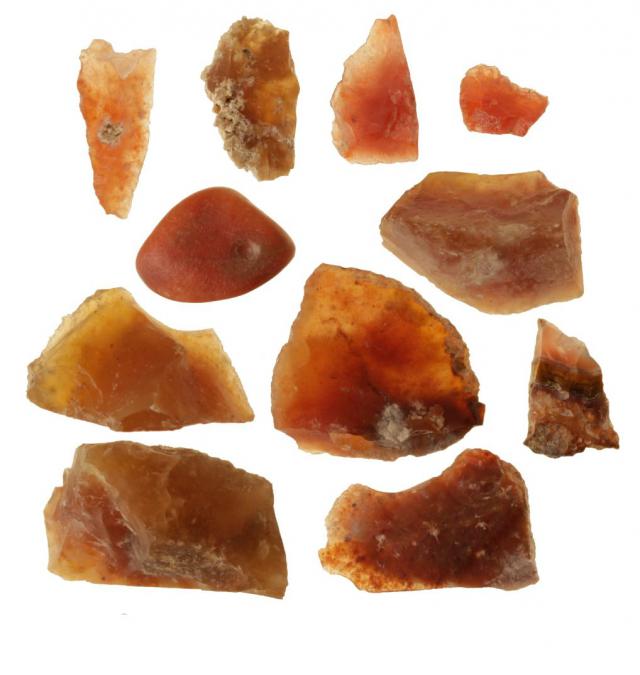French archaeologists have discovered the remains of an artisanal area that flourished in Roman times, in the first centuries AD. The excavations were carried out in the north of the country, near the commune of Terouan, where archaeologists found fragments of leather shoes and leather trimmings, a glassblowing workshop with a well-preserved floor and lower part of the walls, and many iron, gold and gold-plated objects preserved in the river sediments that filled the ancient channel.
The commune of Therouin is on the banks of the River Lys in the Pas-de-Calais, some 60 kilometers west of Lille. In ancient times there was a large settlement of Tarvanna, the center of an area occupied by the Morin people. In Roman times Tarvanna gained importance as a town at the crossroads of important roads, one of which led to the harbor used for sailing to Britain. As a nodal point, Tarvanna is depicted, for example, on the Chart of Peuttinger, a medieval copy of a Roman road network.

The importance of this ancient city is also confirmed by the results of archaeological research. In 2006 a massive, richly decorated limestone capitel weighing almost 400 kilograms was found in Teruan. The column which it topped reached the height of six to seven meters and, apparently, was an element of a monumental building. Archaeologists also discovered four necropolises in the area of Teruana, dating from the I-IV centuries. In one of them were excavated status burials with underground chambers, the walls of which were made of large limestone blocks.

In 2023, scientists from the National Institute for Archaeological Conservation Research (Inrap), led by David Labarre (David Labarre) conducted excavations near the southwestern edge of Teruana, at the foot of the hill on the banks of the River Fox. The archaeologists found the remains of a glassblowing workshop there, as well as shoe fragments along with many scraps of leather, which show that shoes were made locally.
The glass workshop was housed in a building of several rooms with earthen floors, in which furnaces were arranged. The layout of this building is clearly visible, thanks to the well preserved lower part of the walls. A drop of blue glass was found in one of the furnaces and a cylindrical casting of the same material was found on the floor.

The researchers discovered traces of a canal, which had been diverted from the Fox Riverbed in ancient times. Excavations of the canal revealed many bones of cattle with traces of carcasses. In the antique period, handicraft workshops, e.g. shoe making or glue making, were often set up near large cattle farms to receive raw materials from them. Indeed, in the 2.5-3.0m river deposits, which fill the ancient canal, there are well preserved fragments of Roman military shoes, calcei with spiked soles. A large quantity of leather trimmings was found next to them.

These findings give a deeper insight into the life of the ancient cities and their craftsmen. The glass workshop found in Teruana proves that in Roman times glass was already a quite common material and was used not only to produce windows and mirrors, but also to make jewelry and other items. Finds of leather shoes and leather trimmings confirm that shoes were made locally rather than imported from other cities, indicating the development of local industry.














